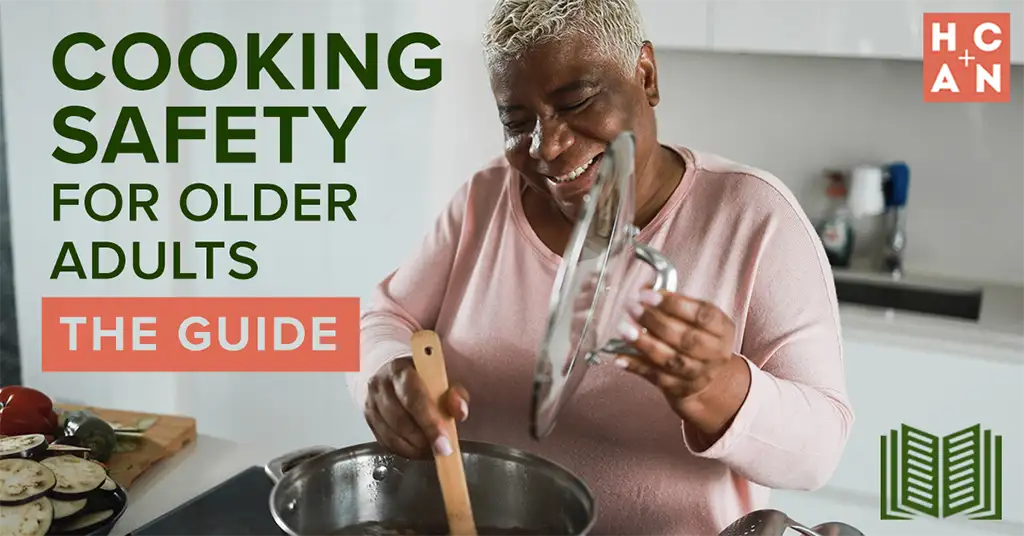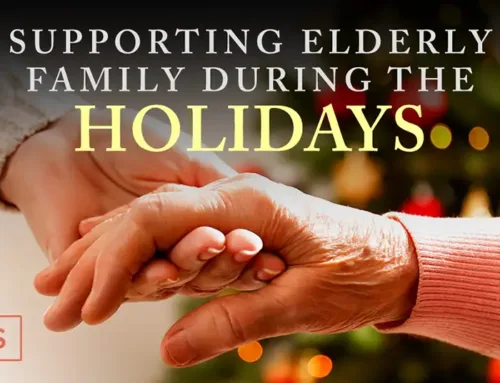Your Content Goes Here
Cooking Safety for Older Adults: A Complete Guide
The kitchen is often called the heart of the home, a place filled with the wonderful aromas of favorite meals and the warmth of shared memories. For many older adults, cooking is a cherished routine that brings comfort and independence. However, the kitchen can also present significant safety risks, especially as we age.
Understanding and implementing key cooking safety for older adults is crucial. Statistics show that cooking is the leading cause of home fires, and adults over 65 face a higher risk of injury from these incidents. Physical, cognitive, or sensory changes can make it harder to react quickly in an emergency. This guide offers practical tips and strategies to help seniors stay safe and confident while preparing meals.
Why Cooking Safety for Seniors is Crucial
As we get older, changes in our physical abilities and health can impact daily activities, including cooking. Reduced mobility might make it difficult to handle heavy pots, while vision or hearing loss could mean missing the signs of a potential fire.
“Cooking safety is often a major concern for families with older loved ones—especially those who have Alzheimer’s or related dementia,” says Sierra Goetz, co-founder and operations director at HomeCareAdvocacy Network (HCAN). “The activities of daily living become more difficult as we age, including preparing meals. The good news is there are steps seniors can take to ensure their safety.”
Recognizing these challenges is the first step toward creating a safer kitchen environment. By focusing on preventative measures, you can significantly reduce the risk of accidents.
Essential Kitchen Fire Prevention Tips
Preventing a fire is always better than fighting one. Simple habits can make a huge difference in kitchen safety. The American Burn Association provides several key recommendations that serve as excellent kitchen fire prevention tips.
Maintain a Clean Cooking Area
A clean kitchen is a safe kitchen. Grease and food crumbs can build up on your stovetop, in the oven, or on the exhaust fan, creating a serious fire hazard.
- Action Step: After each use, wipe down your stove and oven to prevent grease buildup. Regularly clean the exhaust fan and its filter to ensure it functions properly and doesn’t harbor flammable residue.
Dress for Safety
What you wear while cooking matters. Loose, flowing sleeves can easily catch fire when you reach over a hot burner.
- Action Step: Always wear short, close-fitting sleeves or roll them up securely before you start cooking. This simple precaution can prevent a dangerous accident.
Keep Emergency Tools Within Reach
Being prepared can help you control a small flare-up before it becomes a major fire. Never use water to extinguish a grease fire, as it will cause the burning grease to splash and spread the flames.
- Action Step: Keep a pan lid and dry oven mitts or potholders near the stove every time you cook. If a small grease fire starts in a pan, you can slide the lid over it to smother the flames.
Safe Cooking Practices for Every Senior
Beyond fire prevention, adopting safe daily habits is essential for overall cooking safety for older adults. These practices help prevent burns, spills, and other common kitchen accidents.
Be Alert and Focused
Distractions can lead to forgotten pots on the stove or other dangerous oversights. It’s important to be wide awake and fully present when you’re cooking.
- Action Step: Cook only when you are alert. Avoid cooking if you are drowsy from medication, alcohol, or simply being tired. If you must leave the kitchen, turn off the stove.
Handle Hot Items with Care
Stoves, microwaves, and the food they heat can cause serious burns if not handled correctly.
- Stove Safety: Turn pot and pan handles toward the back of the stove. This prevents you from accidentally bumping into them and causing a spill.
- Microwave Safety: Use only microwave-safe cookware. When heating food, make sure the container allows steam to escape. After heating, let the food rest for a minute before carefully removing it from the microwave.
Stay Attentive to Your Cooking
Unattended cooking is a primary cause of kitchen fires. Different cooking methods require different levels of attention.
- High-Heat Cooking: If you are frying, grilling, or broiling food, you must stay in the kitchen and keep a close eye on it.
- Low-Heat Cooking: For tasks like simmering, baking, or roasting, check the food regularly. Set a timer to remind yourself to check on your meal.
- Final Check: After you finish cooking, always double-check that all burners and appliances are turned off.
When Cooking Becomes a Challenge
There may come a time when preparing meals is no longer safe or enjoyable for an older adult. Physical limitations or a loss of interest in cooking, particularly for those living alone, can lead to poor nutrition and increased safety risks.
“There may come a time when your aging loved ones are no longer physically able to cook for themselves. Many also lose interest—especially if they live alone,” Goetz notes. “That’s why meal preparation is included in the services we offer.”
Professional caregivers can provide invaluable support in these situations. They can assist with grocery shopping, prepare healthy meals, and handle kitchen cleanup. This ensures seniors receive nutritious food while remaining safe in their own homes.
How Professional Care Can Help
In-home care services can provide peace of mind for families. Caregivers are trained to manage kitchen safety and can adapt to the specific needs of your loved one, promoting both independence and well-being.
To learn how we can help your senior loved one with meal prep and other activities of daily living, visit hcan.com or call your local HCAN-supported office.






